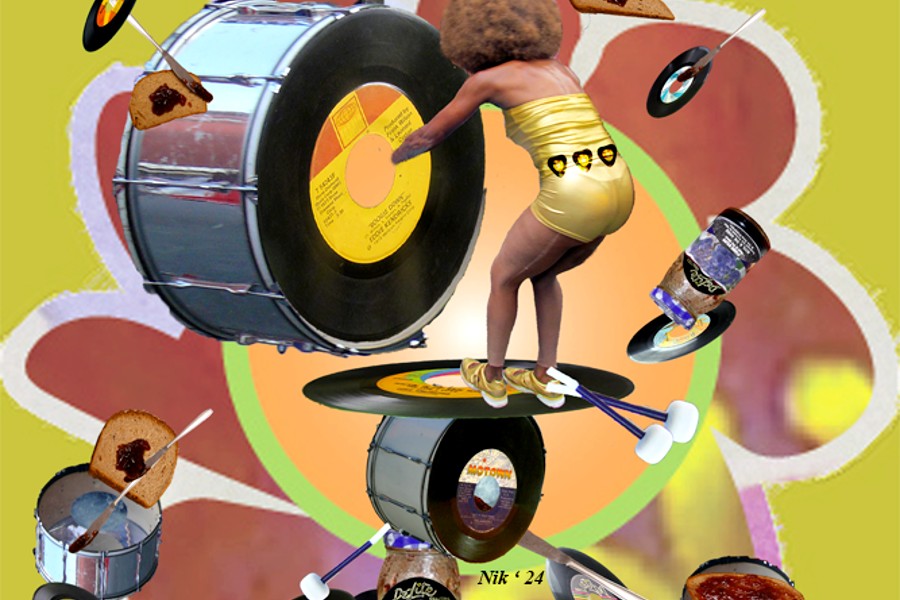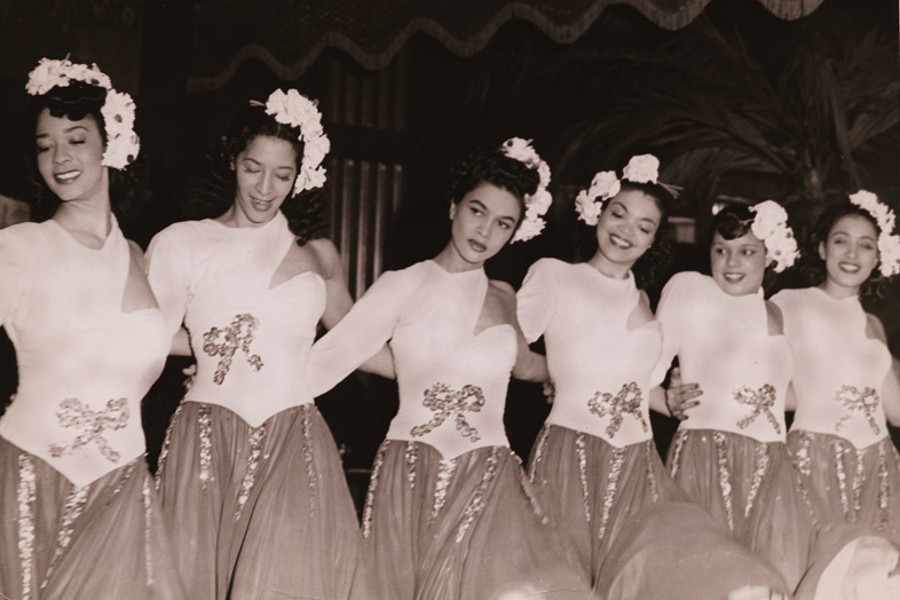
Adapted from an article from Ed Week by Ann Jolly writes that a tug of war between proponents of STEM education (science, technology, engineering, and math) and advocates for STEAM lessons, which add art to the mix – has been going on for years.
Whichever side you come down on, here are some ideas for you to mull over.
STEM
First, consider the why and what of STEM education. Both private and public sectors report that 21st-century workers require skills that many of today’s graduates don’t have. Students need more in-depth knowledge of math and science, plus the ability to integrate and apply that knowledge to solve the challenges facing our nation. Children who study STEM also develop a variety of skills that are essential for success: critical thinking and problem solving, creativity and innovation, communication, collaboration, and entrepreneurship, to name a few.
A number of K-12 programs currently fly under the STEM banner. However, a 2014 study published by the America Society for Engineering Education identified several characteristics of quality STEM programs:
- The context is motivating, engaging, and real-world.
- Students integrate and apply meaningful and important mathematics and science content.
- Teaching methods are inquiry-based and student-centered.
- Students engage in solving engineering challenges using an engineering design process.
- Teamwork and communications are a major focus. Throughout the program, students have the freedom to think critically, creatively, and innovatively, as well as opportunities to fail and try again in safe environments.
STEM, then, is a specific program designed for a specific purpose—to integrate and apply knowledge of math and science in order to create technologies and solutions for real-world problems, using an engineering design approach. It’s no surprise that STEM programs need to maintain an intense focus.
STEAM
Recently, the idea of adding the arts to STEM programs has been gaining momentum. Surprisingly, I’ve heard push-back from both camps:
1. From STEM proponents: STEM lessons naturally involve art (for example, product design), language arts (communication), and social studies and history (setting the context for engineering challenges). STEM projects do not deliberately exclude the arts or any other subject; rather, these subjects are included incidentally as needed for engineering challenges.The focus of STEM is developing rigorous math and science skills through engineering. How can you focus on other subjects (such as art) without losing the mission of STEM or watering down its primary purpose?
2. From arts proponents: Engineering and technology can certainly serve the artist and help create art. But if we’re talking about how one can use art in engineering… as an artist, it seems we’re missing the point and devaluing, or not realizing, art’s purpose and importance. We have it backwards.
So how exactly can teachers fit the arts into STEM programs and do justice for both STEM and STEAM? What would an ideal STEAM program look like?
That’s what artist and educator-turned-STEAM-enthusiast Ruth Catchen is determined to find out. She works with a team of STEM writers and program developers to develop and pilot a STEAM program in Colorado.
According to Ruth, the arts are a great learning tool and can serve as an on-ramp to STEM for underrepresented students. Engaging students’ strengths using art activities increases motivation and the probability of STEM success. She views art as a way of offering more diverse learning opportunities and greater access to STEM for all types of learners.
Art also provides diverse opportunities for communication and expression. Ruth believes that in our technically-focused world, we have a responsibility to educate the whole child to become a global citizen in his or her community. She aims to do just that while staying true to the specific purpose of STEM education.
How Do We Solve the STEM vs. STEAM Conundrum?
Let’s circle back to the question of how to include the arts in STEM in an authentic way. We could change the scope of STEM so that it focuses equally on learning in all subject areas—but why do that? We already have effective teaching methods for doing that: problem-based learning.
So let’s try another question. Can we combine art with just one of the STEM subjects—perhaps science—and ignore meaningful subjects like math and engineering? We certainly could—but that would be just art and science, not STEAM.
What about having students do individual STEAM projects? Again—that’s not faithful to basic STEM principles, which always include teamwork. So would that be STEAM or just a good individual project?
I propose we shape STEAM programs by exploring opportunities where art naturally fits in the STEM arena. Art can be treated as an applied subject—just like math and science. Here are a few ideas for giving STEM projects some STEAM:
- Design. Art can serve a practical function. Students might apply design and decoration to products that were created during the course of a design challenge. They could use computer graphics to create logos or stylized designs to include in communications or presentations. Through industrial design, students could improve the appearance, design, and usability of a product created during a STEM project.
- Performing arts, such as drama and speech. What about technical or persuasive writing? Those arts fit naturally into the “Communications” stage of the engineering design process. They would work well as part of a STEM project. (If you want students to get REALLY ambitious and creative, check out this video of students in Paraguay who made instruments out of discarded materials!)
- Creative planning. As students brainstorm solutions for an engineering problem, encourage them to adopt a playful, inventive, artistic approach. Calling on their artistic right brain can help them to generate more creative and innovative thinking.
Just one word of caution, though. Art is often touted as a method of adding creativity to STEM—but keep in mind that engineers are rarely lacking for creativity and ingenuity. Just look at the world around you for proof. The purpose of STEAM should not be so much to teach art but to apply art in real situations. Applied knowledge leads to deeper learning.
“I don’t have strong views about whether arts should become a part of STEM or be self-standing. What is important is that every human being deserves to learn about the arts and humanities, just as each person should be cognizant of the sciences.”
All of that is to say: I don’t yet have a clear picture of what an ideal STEAM project looks like. In my effort to find some clear examples, I wrote Dr. Howard Gardner to ask him if he had ideas for how to include art in STEM. He responded: “I don’t have strong views about whether arts should become a part of STEM or be self-standing. What is important is that every human being deserves to learn about the arts and humanities, just as each person should be cognizant of the sciences.”
I don’t think anyone could say it better than that. A STEM program is just one part of a child’s education, focusing on math and science. But our children need a well-rounded, quality education that enables them to make informed decisions that will impact the world and the way they live.
We need students who are motivated and competent in bringing forth solutions to tomorrow’s problems. When push comes to shove, it’s not STEM vs. STEAM—it’s about making every student a fully-literate 21st-century citizen.
Editor’s note: We don not understand how the arts cannot be included in student curriculum. This is especially true when the arts assists students think outside the box in figuring out answers using science, technology, engineering and math. From our vantage point the future begs that science, technology, engineering and math be used creatively with the arts to find ways to help us live better and more sustainable lives (to deal with waste, health issues, poverty, etc.,), now and in the future.
Photo credit: “Mary, South Dakota,” 2000, montage by Danny Tisdale
Become a Harlem Insider!
By submitting this form, you are consenting to receive marketing emails from: Harlem World Magazine, 2521 1/2 west 42nd street, Los Angeles, CA, 90008, https://www.harlemworldmagazine.com. You can revoke your consent to receive emails at any time by using the SafeUnsubscribe® link, found at the bottom of every email. Emails are serviced by Constant Contact








